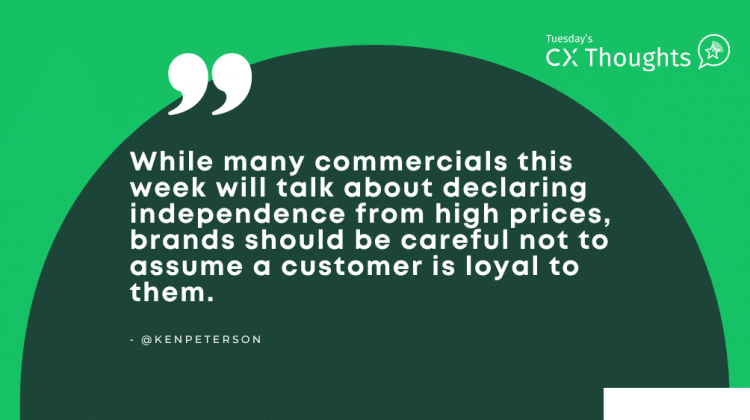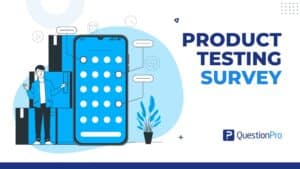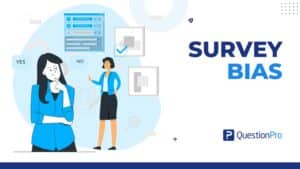
We have heard these customer experience stories before. A patron that has no alternative. Their only choice is to pay the one in front of them as a mandate. This story takes place many years ago, however. A group of consumers that have become weary of the changing rules, the increases in cost, and the hostile attitude towards them. They all had different personas, yet they joined together with the following statement:
“When in the Course of human events, it becomes necessary for one people to dissolve the political bands which have connected them with another, and to assume among the powers of the earth, the separate and equal station to which the Laws of Nature and of Nature’s God entitle them, a decent respect to the opinions of mankind requires that they should declare the causes which impel them to the separation.”
Not your typical customer journey, and yes, I am making a timely reference to the Declaration of Independence and those that stood up against the crown with which they were forcefully aligned and declared that they would no longer be subject to them.
Not quite the same parallel when we start thinking about customer experience strategy, but there are times that organizations – through some sort of mandate or lack of competition – maintain the customer base by being the only option or a very limited set of options. Often these firms either ignore the Voice-of-the-Customer or maintain a customer feedback loop only due to regulation.
When I think of these companies historically, they tend to be in certain industries:
- Telecommunication – only twenty years ago, you did not have a choice on who managed your home telephone services. Due to government regulations, these companies had essentially a monopoly over a given location. They had no motivation to understand the customer experience touchpoints, any financial linkage analysis would just tell them to raise rates. Fortunately, those same regulations that gave them a monopoly over a region also limited how often they could increase their prices and by how much. However, as times changed, a new option entered the market in the form of mobile phones. According to Statista, in 2004, nearly 90% of homes had a landline. That number is now less than 30% – with approximately 2% of homes having only a landline. Disruption in the offer will create a new dynamic between companies and consumers.
- Health Insurance – A contentious subject to many, but the landscape of health insurance has undergone a huge transformation over the past two decades. It had traditionally been linked to your employer as a part of employee experience and the benefits package. As it was purchased by the employer as a group benefit, the employees – the end customers – did not have much say in the offer, price or ability to switch without a significant change (usually to the benefit of the employer). Since the introduction of the Affordable Care Act in 2010, these benefits have a requirement to be extended to family members and government options have been made available. It may seem small, but this allows one spouse or the other to choose the plan that best fits their needs now and in the future and take that plan. Not perfect, but it is a reason that many of these companies have implemented a customer experience software platform in the past decade, since the customer can influence where their spend goes more now. Regulation can limit competition, but it can also create a change that requires companies to be more competitive.
- Utilities – Much like telecommunications, utility companies have a regulated monopoly over the customers. There was little interest in building a customer journey map because there was little a customer could do to move to competition. While many utilities have implemented a CX Enterprise Software mostly to appease regulators, when examining a social media analysis of utility companies, they are often overwhelmingly negative. It can be for necessities like water or electricity or less necessary utilities such as cable television. Options are appearing, solar panels can replace electricity and streaming services have supplanted cable television in many homes. Changes in how the offer is distributed can create substitutions that many not be easy, but it can create customer defection or lower usage.
There are other situations where the captive consumer may not have an option – for example, a local grocer without competition – and the brand may not feel the need to understand the customer feedback. However, there will always be a potential disruptor that may change the dynamic between customers and brands whereas “they should declare the causes which impel them to the separation.”
This is why it is important to measure the experience, use tools like QuestionPro NPS+ and Outer Loop to build a strategy across customer journey touchpoint, use social media tools like CX Reputation to respond to reviews and understand sentiment analytics to understand the tone of public consumers.
While many commercials this week will talk about declaring independence from high prices, brands should be careful not to assume a customer is loyal to them. With that in mind, Happy Independence Day, USA.
Is there something wrong with your customer experience?
When you complete an honest assessment, the outcome can be beneficial, particularly when it comes to your Customer Experience program.
- Take five minutes and complete an audit for your organization here.
You may discover a gap in measurement, an opportunity to improve a process, the place where an organizational shift needs to take place or an opportunity to win a greater share of your customers’ wallets.
We all want that bigger “return.” In this situation, the worst case scenario is that you’ll get some information that will help your organization since there is no cost or obligation in completing this audit.







